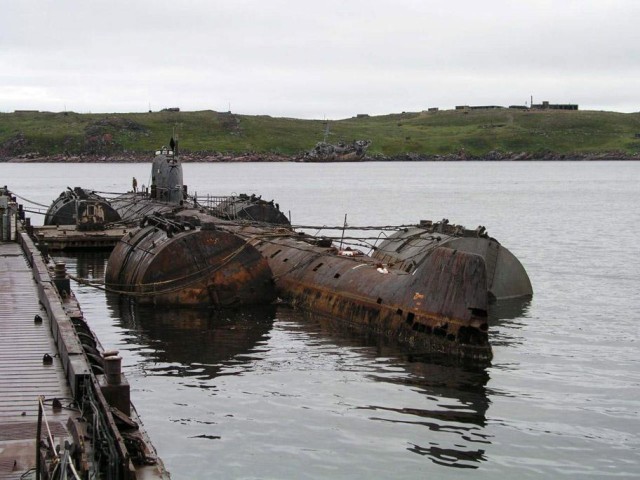
New Managing Director for Bellona Norway
The Board of the Bellona Foundation has appointed former Minister of Climate and the Environment Sveinung Rotevatn as Managing Director of Bellona No...
News
Publish date: August 21, 1997
Written by: Igor Kudrik
News
During the night to July 26, an accidental discharge of radioactivity occurred at Dimitrovgrad Research Institute for Atomic Reactors, located in Ulyanovskaya county, by the mid part of river Volga. The incident was not reported until the situation had normalised almost a month later, through Russian daily Rossiyskie Vesti. A similar accident on March 21 1996, leading to discharges of around 4.5 tons of radioactive gases into the air, received wide media coverage.
The Dimitrovgrad Research Institute for Atomic Reactors was founded some 30 years ago, operating one nuclear research reactor. The reactor is mainly used to test nuclear fuel assemblies.
According to Rossiyskie Vesti, the incident happened while institute personnel made preparations to shut down the reactor. According to established routine, water from the primary circuit of the reactor was pumped into a special pool. It was during this usually trivial operation the discharge of radioactive gases occurred. The gases then spread around the reactor room, and from there through the ventilation systems into the air.
Daily discharge amounted to 2.2-2.6 GBq of iodine-131 for the first two days, and stayed at 1.9-2.2 GBq the following 5 days, said institute spokeswoman Galina Pavlova to Bellona Web.
The regular levels of iodine-131 discharge from the Institute are just some 122 MBq/day. Hence, the routine discharge of this isotope was increased almost 18-fold.
Apparently, the situation had more or less stabilised by August 18, when the chief engineer of the institute publicly stated that the discharges was down to normal, leaving the background radiation level in the city of Dimitrovgrad at some 0.07-0.2 mSv/h.
The reasons to the incident have not been defined in detail yet, but the most probable cause is that cracks in the nuclear fuel cladding led to heavy contamination of the water from the primary circuit.

The Board of the Bellona Foundation has appointed former Minister of Climate and the Environment Sveinung Rotevatn as Managing Director of Bellona No...

Økokrim, Norway’s authority for investigating and prosecuting economic and environmental crime, has imposed a record fine on Equinor following a comp...

Our op-ed originally appeared in The Moscow Times. For more than three decades, Russia has been burdened with the remains of the Soviet ...

The United Nation’s COP30 global climate negotiations in Belém, Brazil ended this weekend with a watered-down resolution that failed to halt deforest...